Read our latest news, or click the button to filter by year for older press releases.
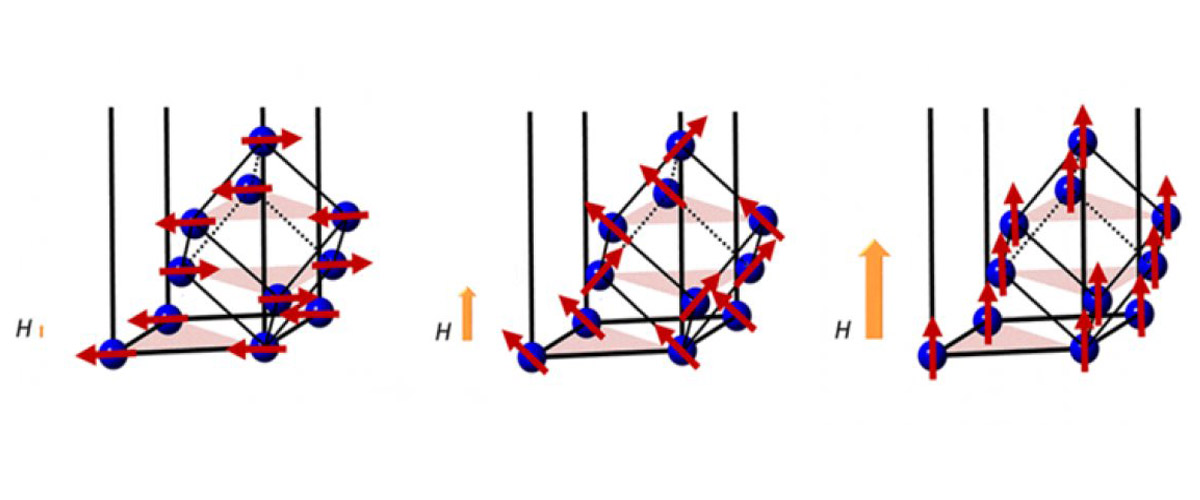
December 21, 2018
"Kondo metamagnet" is first in a family of eccentric quantum crystals
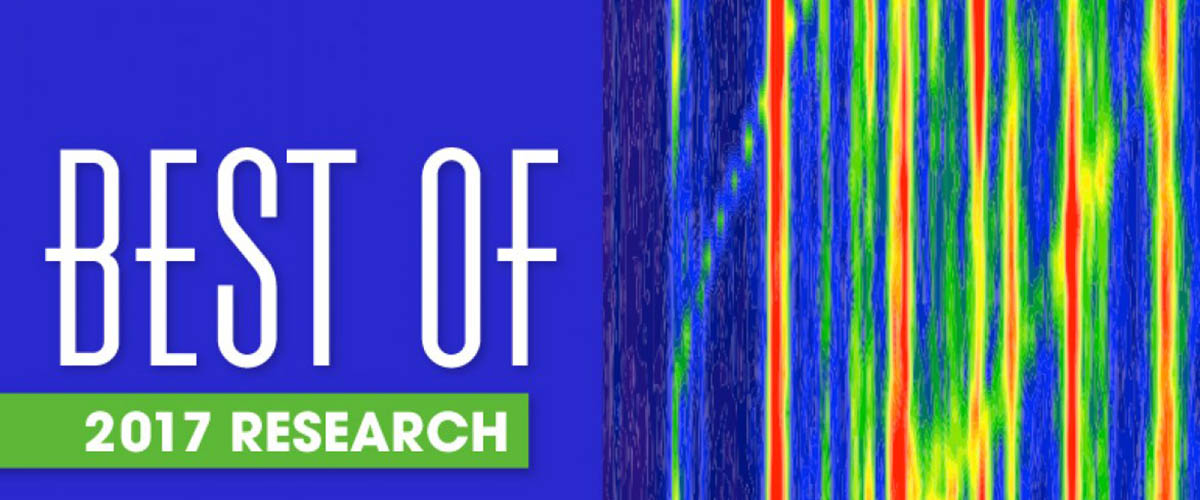
October 30, 2018
35 highlights out of 423 reports representing the best of life sciences, chemistry, magnet science and technology, and condensed matter physics.
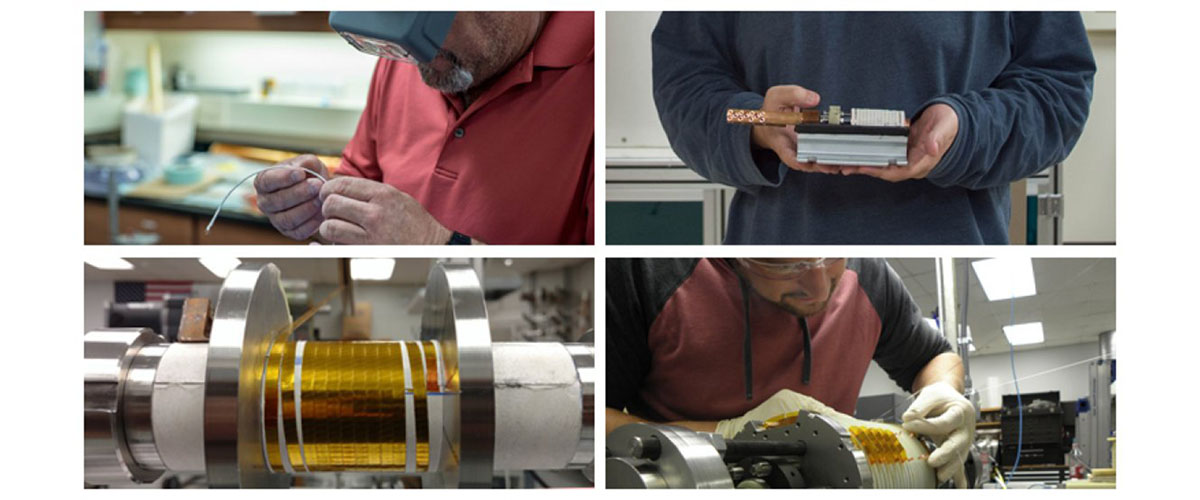
September 25, 2018
With funding from the National Science Foundation, scientists and engineers will determine the best way to build a new class of record-breaking instru…
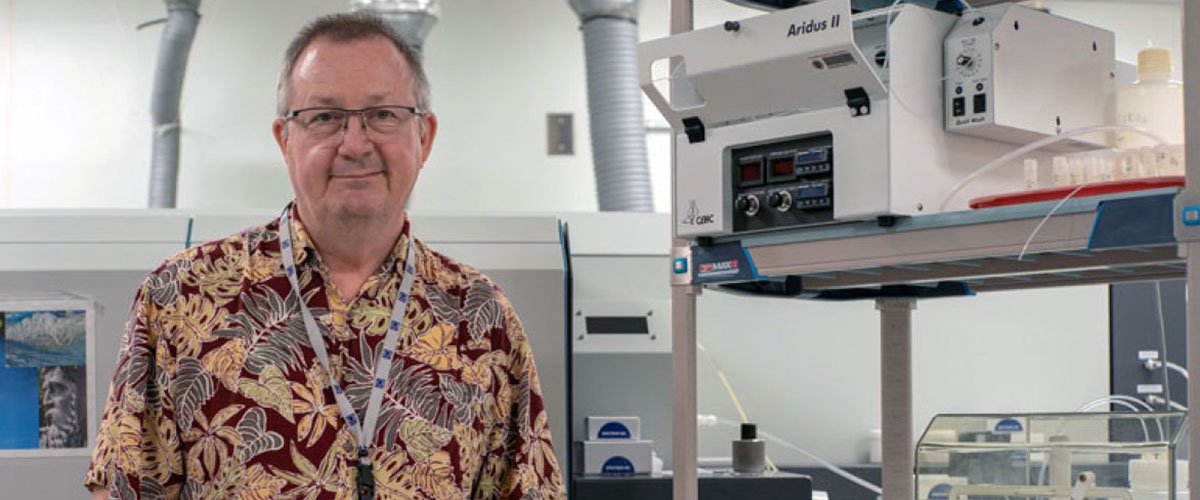
August 10, 2018
Vincent Salters joins the elite ranks of American Geophysical Union fellows.
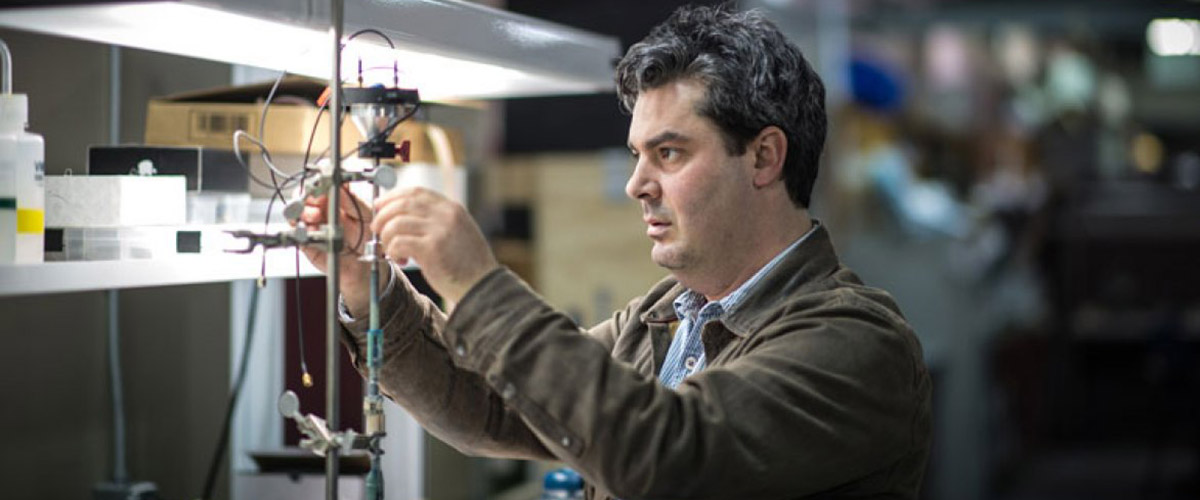
August 02, 2018
A material already known for its unique behavior is found to carry current in a way never before observed.
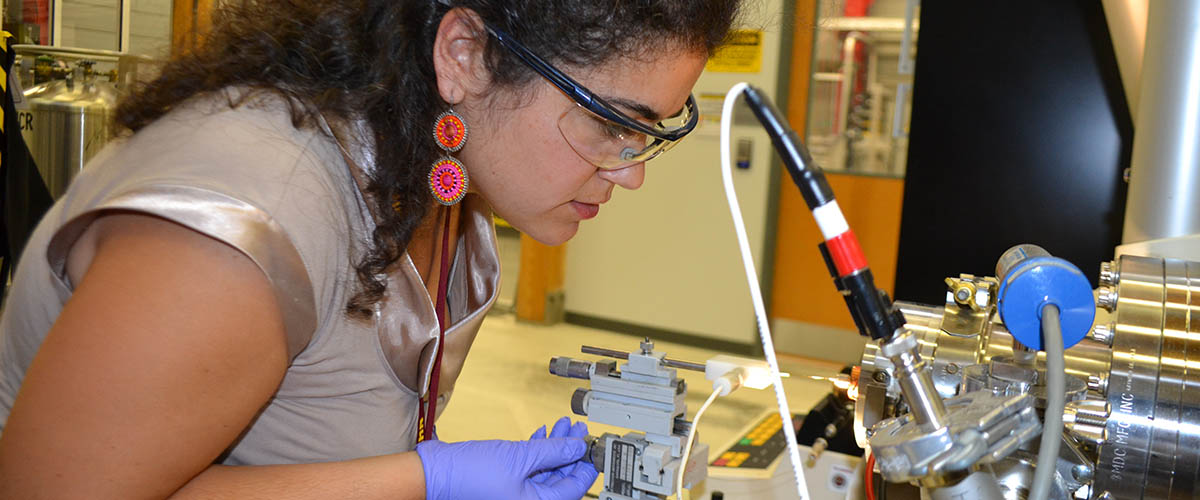
July 11, 2018
Using tools at the MagLab, scientists pinpoint pigments that are the oldest on record.
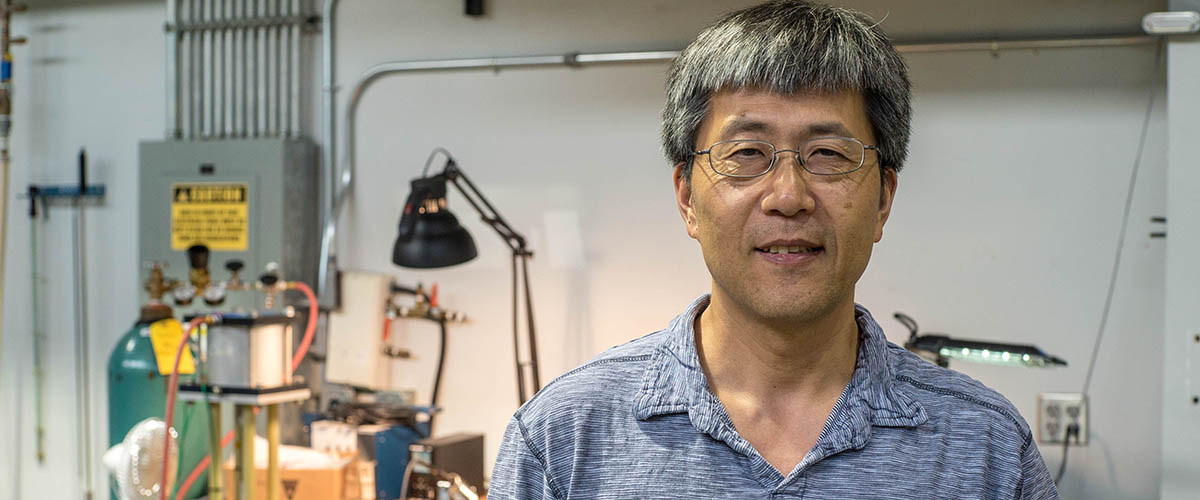
July 09, 2018
"GAP" award will help further breakthrough treatment system for next-generation superconducting magnets.
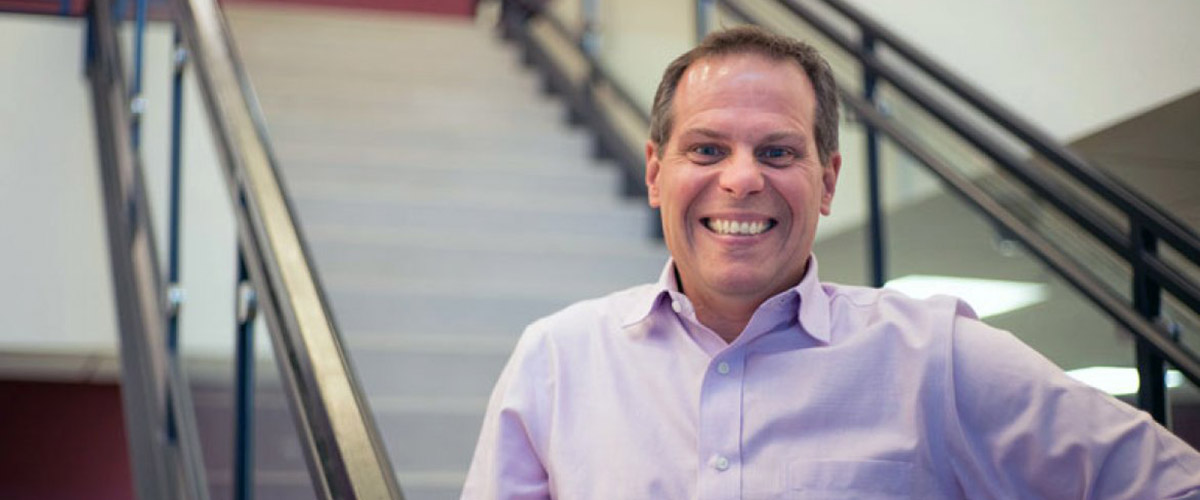
June 15, 2018
Lance Cooley brings cool plans for developing superconducting materials and magnets.
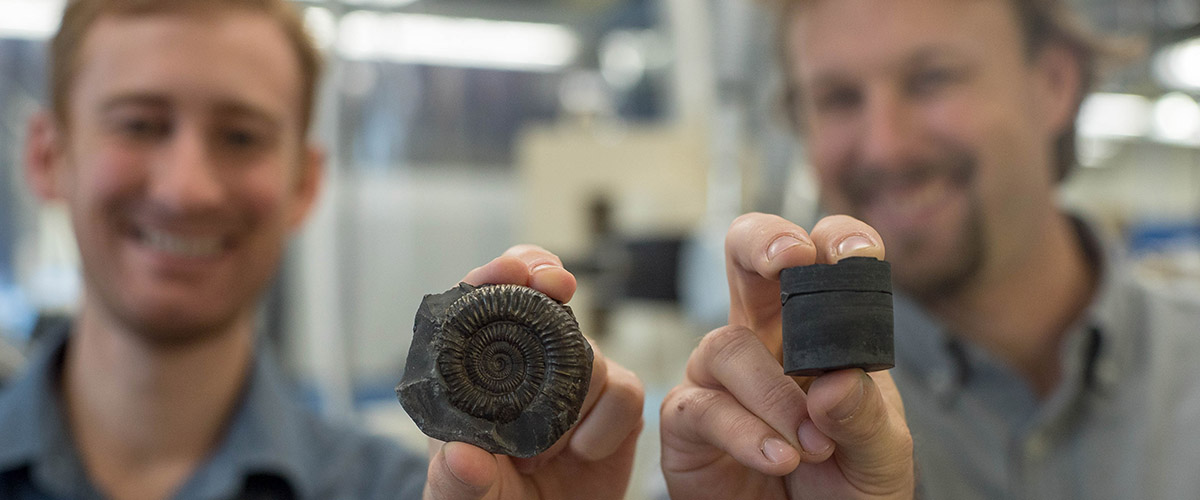
June 11, 2018
Volcanic activity, declining ocean oxygen triggered mass extinction of ancient marine organisms.
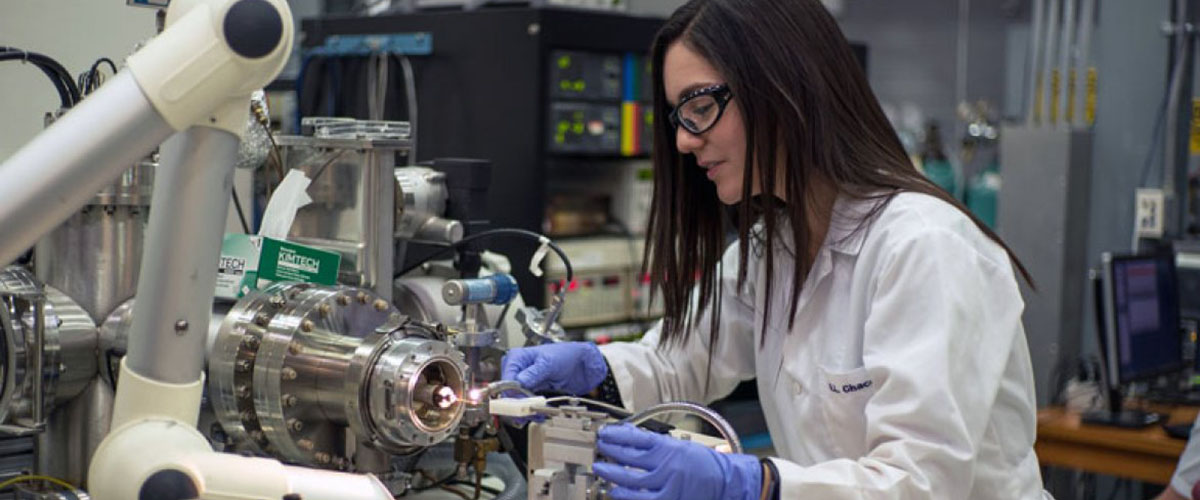
June 07, 2018
Martha Chacón-Patiño to jump-start collaboration that could advance both the treatment of cancer and the study of petroleum.
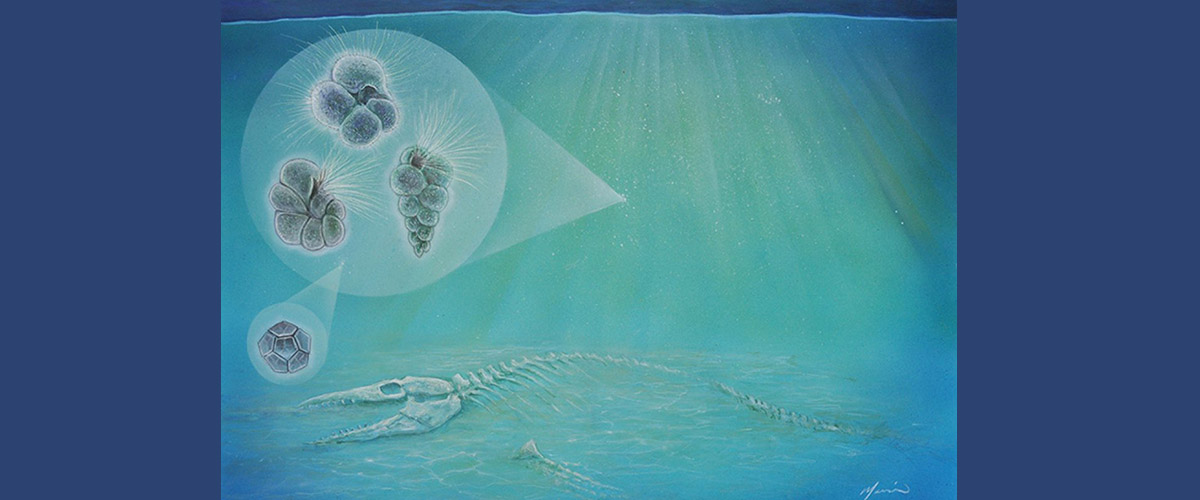
May 30, 2018
MagLab geochemist Jeremy Owens analyzed ancient fossils for the multi-institutional study published today in Nature.
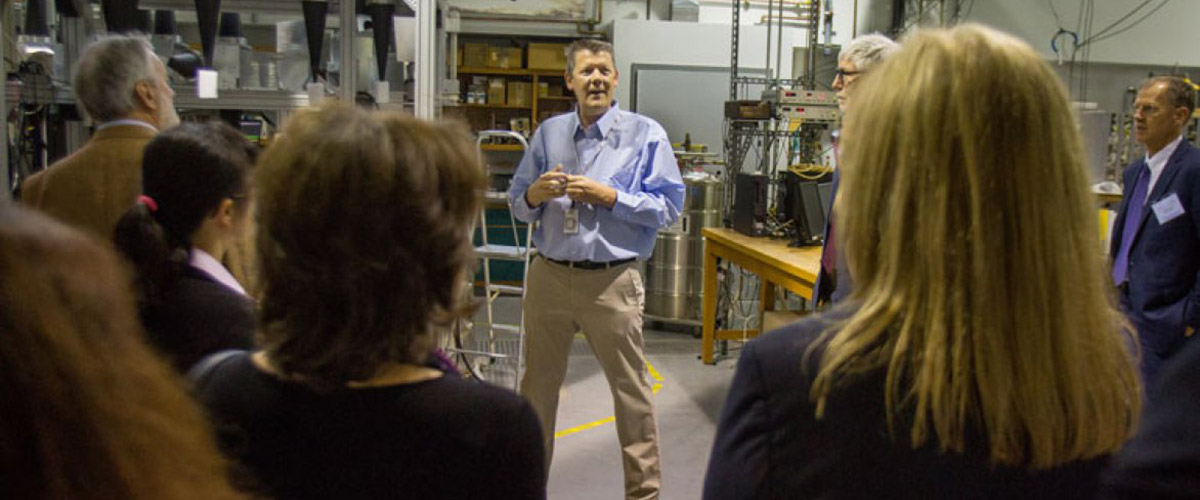
May 24, 2018
The visit marked the first time the Group of Senior Officials for Global Infrastructures has met in the United States.
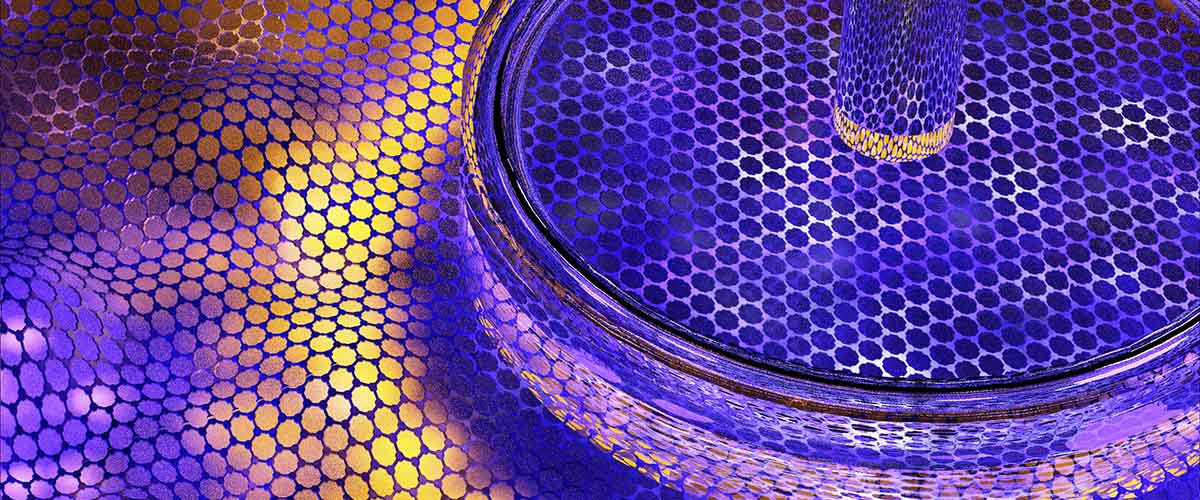
May 16, 2018
This research is a promising first step toward finding a way to use graphene as a transistor, an achievement that would have widespread applications.

April 30, 2018
Finding could make pricey, massive scanners a thing of the past.
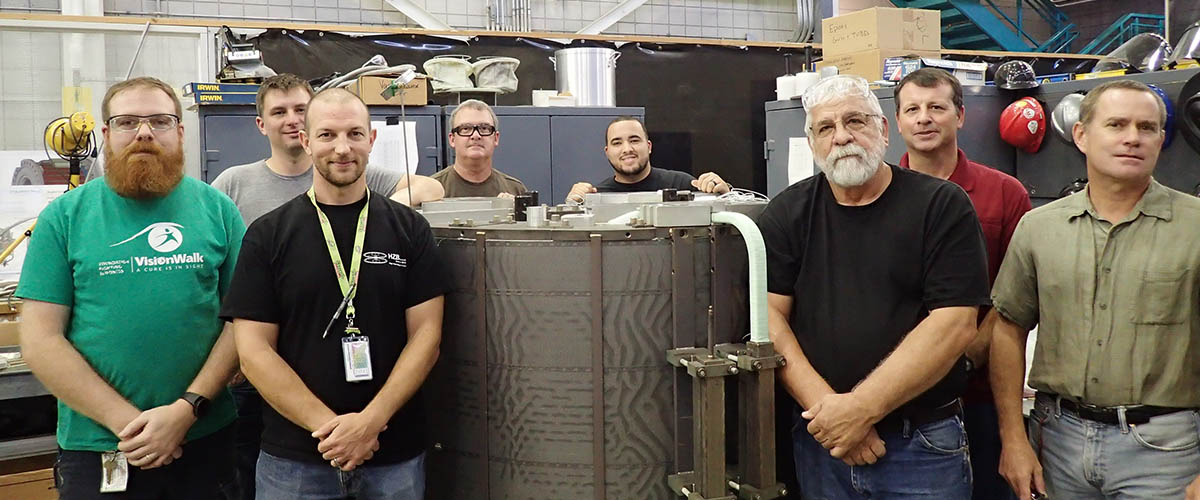
April 23, 2018
When fully installed, the new instrument will be one of the two most powerful magnets on the planet.
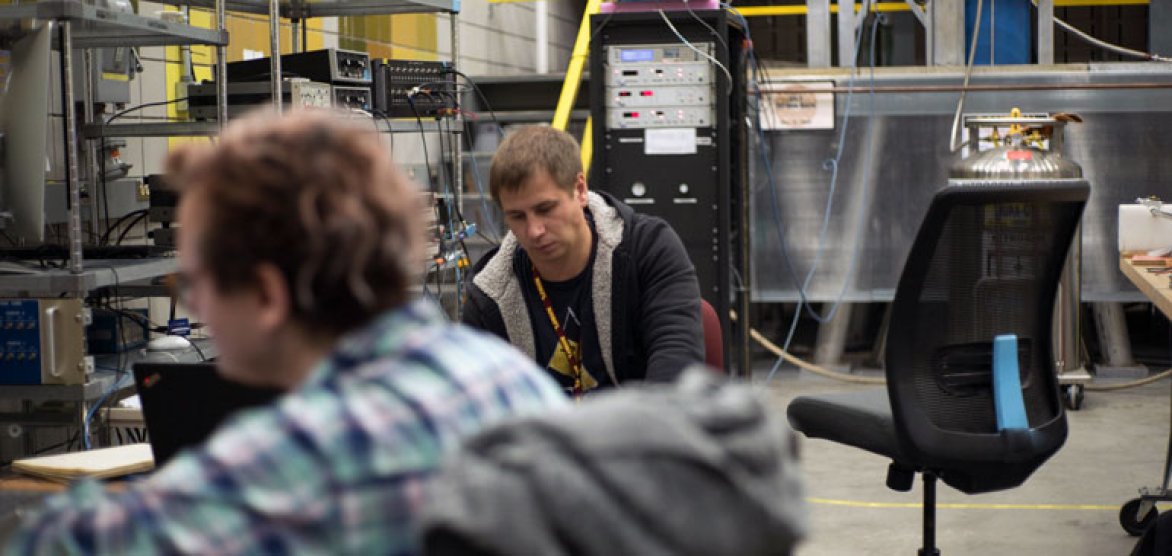
April 02, 2018
The National Science Foundation announces five-year funding grant for continued operation of the world’s most powerful magnet lab.
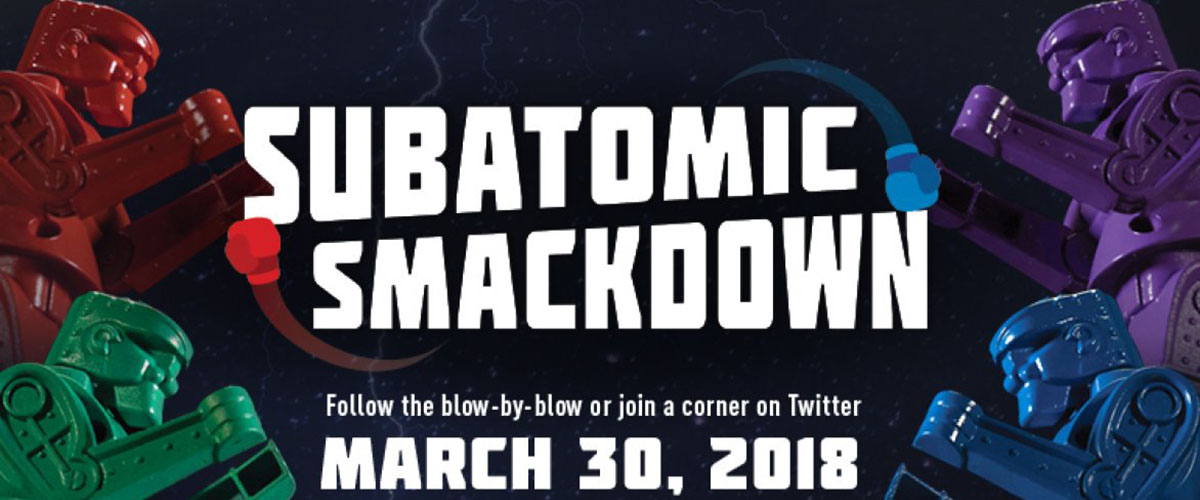
March 07, 2018
Scientists and science communicators team up in playful bout that engages physics fans worldwide.
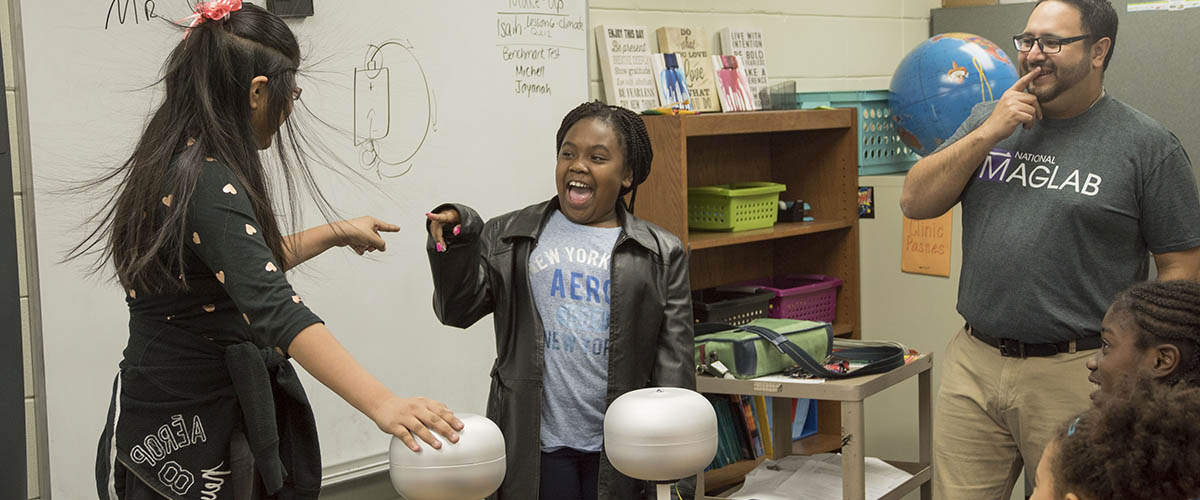
January 23, 2018
Veteran educator recognized for inspiring kids about science outside the classroom.
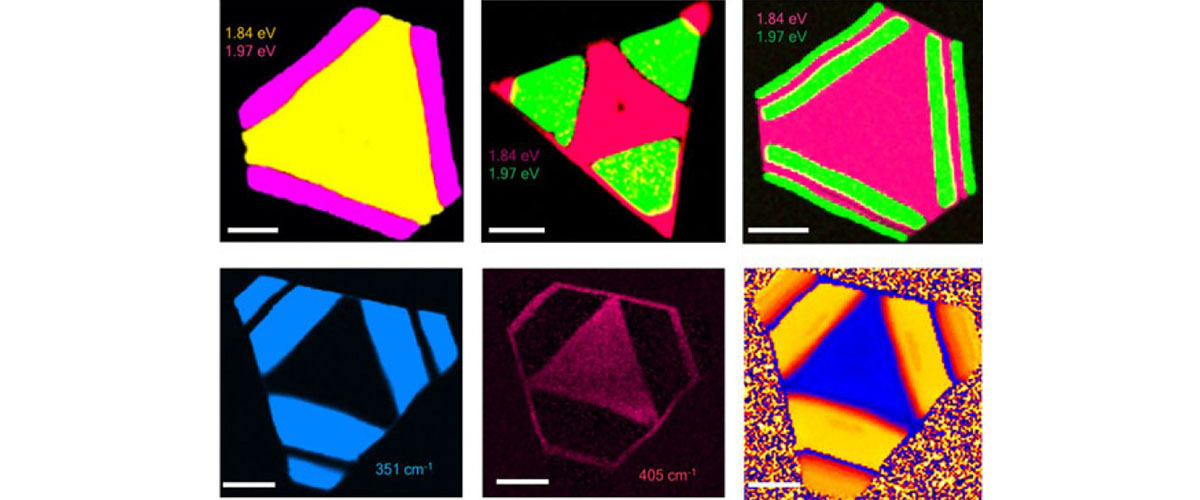
January 09, 2018
A unique way to bond together single-layer semiconductors opens a door to new nanotechnologies.